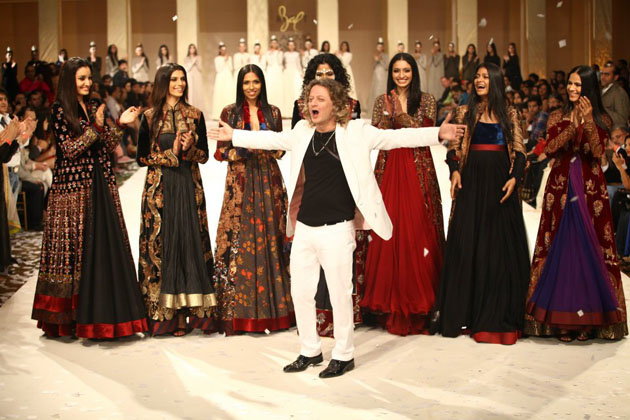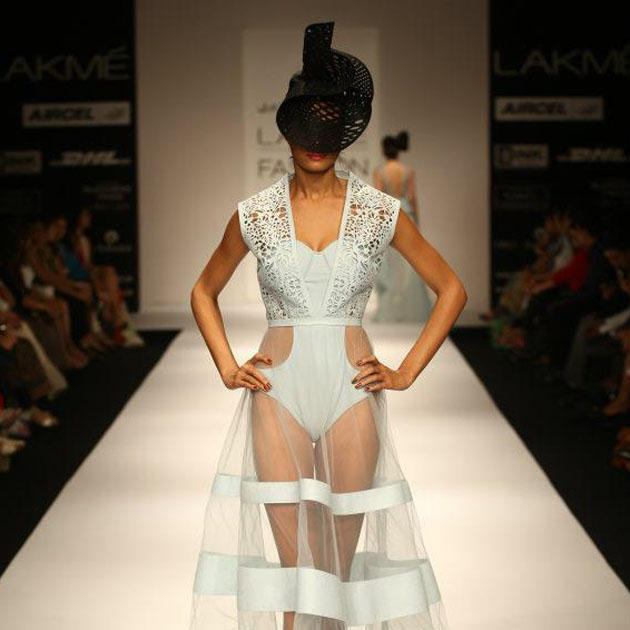
Forecasts talking about Asia as the emerging fashion area and a booming luxury market have had the industry eyes pointed east for quite a while, and over the past years India has become a burning topic in the discussion. It has been a discussion that’s now starting to cool off; the progress isn’t as fast as expected, cultural differences are putting spanners in the works and influential names coming back west are saying that the Indian fashion scene isn’t happening, yet. In New Delhi – the city where opposites collide with an immense energy, the avenues are lined with chauffeur-driven cars, and local star design costs as much as Parisian couture – the Blogazine met with Creative Marketing and PR Consultant Anubhav Jain to talk about the future of Indian fashion.
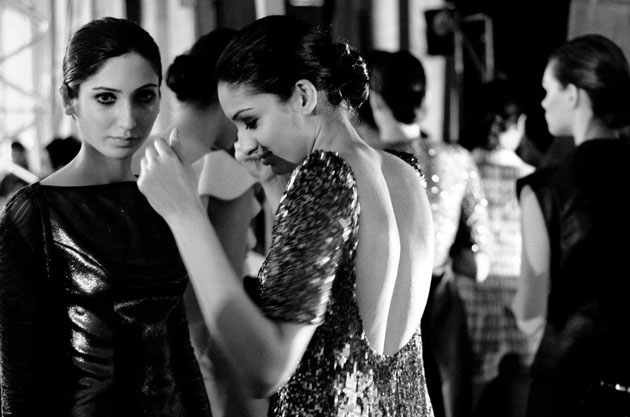
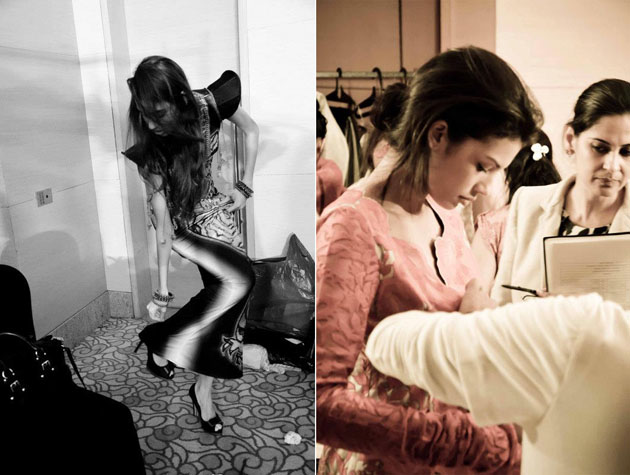
Fashion, beauty and splendour have throughout the history been a crucial part of Indian culture, and for long the high-end products were reserved for a selected few. “The ‘maharajas’ [royalties] started the trend of luxury! We have a history of royals and jewels, that is our roots and it’s foremost where our fashion inspiration comes from,” says Jain. “Though, now the country is a part of the globalized world and we find sources of inspiration also from the Western part, especially in terms of detailing and quality,” he continues.
The main focus for the Indian fashion industry is growth and even though the business has witnessed a steady rise of attention from international stakeholders and fashion voices, the numbers are small when compared to the horde of buyers and brands represented during the major fashion weeks in London, Paris, Milan and New York. “As the Indian customer is becoming more brand conscious, it becomes imperative to further recognize the importance of craftsmanship, its value, and the value of its price to the customers,” Jain comments. He talks about the pricing levels as a big factor affecting the luxury market, where the ‘boom’ of attention for high end companies entering India principally relates to the brand names rather than generating in sales and profits. Taxes and import duties have reduced the saleability of luxury, and even though the ‘local socialite’ can afford the high end products, it’s a question of how these couture garments are worn. Jain means that if the brand doesn’t have a well-known and luxurious image, or if it hasn’t been seen on models, actors, politicians or other socially high ranked personalities, the company will have a much harder time getting through to their target clients in India.
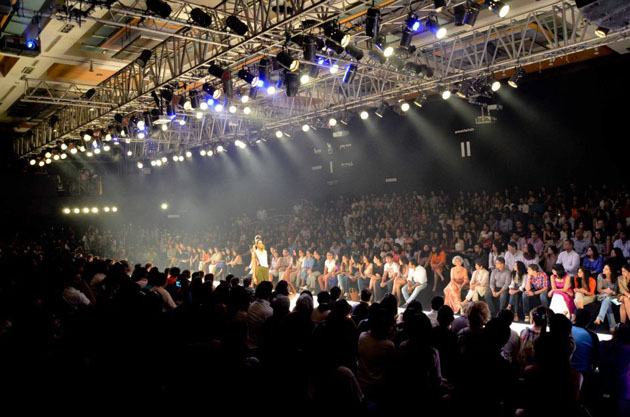
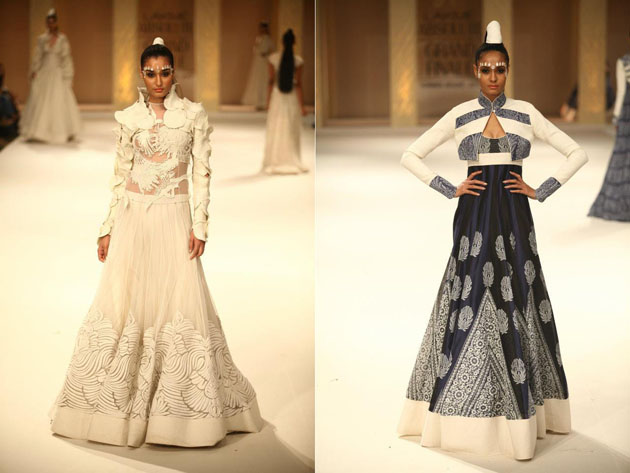
Though, after some years along the line, now the luxury brands are really pushing it hard in India. The industry has been experiencing a great transformation through social media, fashion bloggers and e-commerce. “Yes, e-commerce in retail and on the high end will be the next big thing here,” Anubhav Jain confirms. He talks about fashion communication inspired by the Western ‘model’ as an important point to boost versatility and means that in a country like India, where various cultures and languages have to get along with each other, the fashion industry and its ‘language’ through garments, colours and trends is what binds them all together. Even though the country is becoming more liberal culturally, the ‘crazy fashion outfits’ that you would not only see during fashion weeks but on an everyday street in London, Paris, Milan or New York is not what you would come across even at the most fashionable event in Mumbai or New Delhi. “People are still rather reserved even though the market is opening up for new styles.”
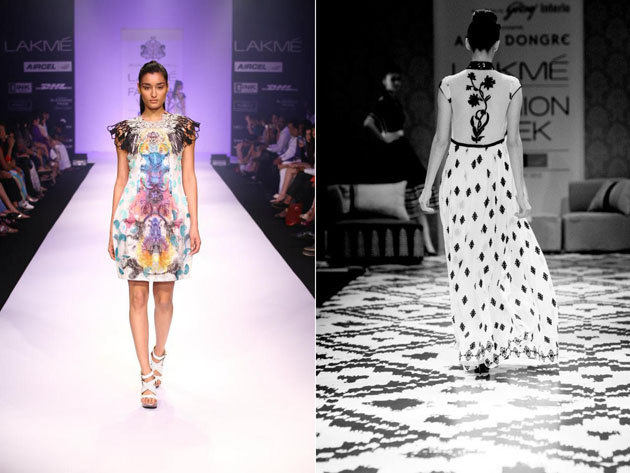
When turning the conversation to a talk about the point where Indian fashion is directed towards the industry around, Jain thinks that it might be these various cultures, traditions and the history that the country holds that fascinates the western world. “They get influenced from our bright colours and textiles. The European preferences are often in the range of black, grey, navy and brown, but we feel there is a big demand of colours in the European market, and we could supply the Indian fashion products.” Even though the increasing number of international buyers who attend the Indian fashion events demonstrates that there are expectations on the country, the number of actual business that is carried out over the boarders are lower than one could hope, when talking about the American and European markets. Buyers are intrigued to take in the collections, and Indian top designers are chasing foreign markets. A big part of the Indian design generates trading with nearby markets such as the Middle East, where the aesthetics and the style preferences are more similar to begin with. Though, young artists come with young minds, and while the markets are slowly moving closer and finding inspiration within each other, many designers are still longing for the shot in the west.
The industry eye might have taken a minor break from the close watch on India, but with e-commerce companies making an effort to enter the market- as well as Indian e-commerce doing the same towards the world and with social media and fashion blogging on the rise- the reasons for going back to India might become additional, sooner than expected.
